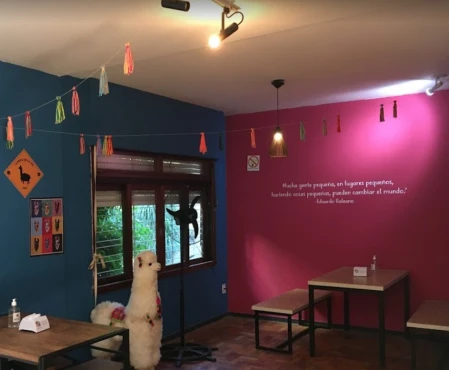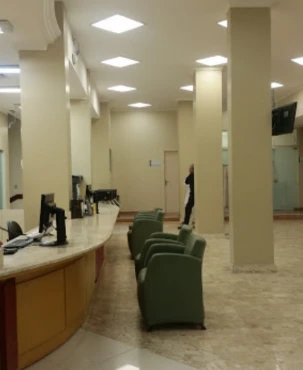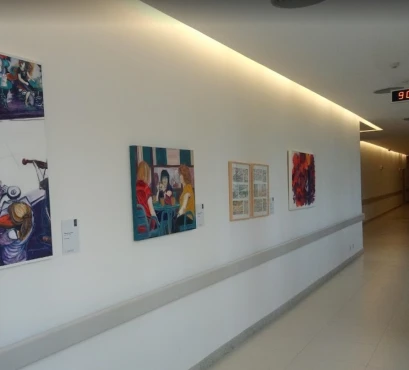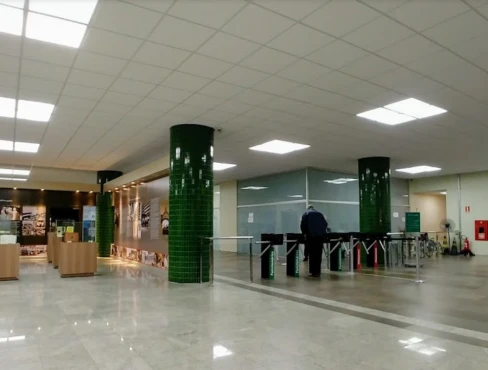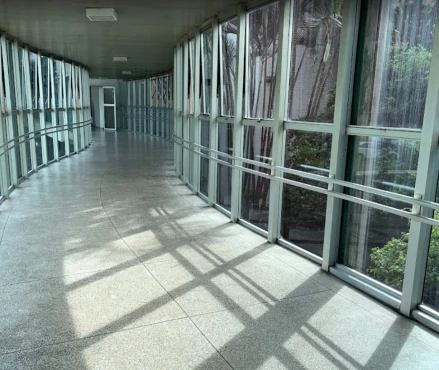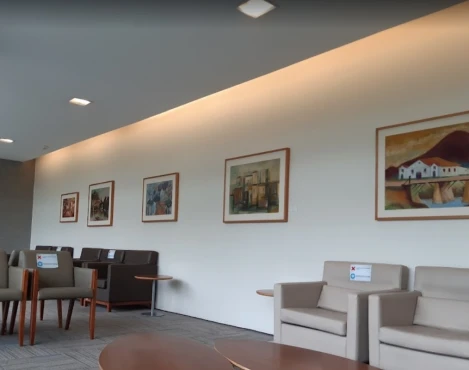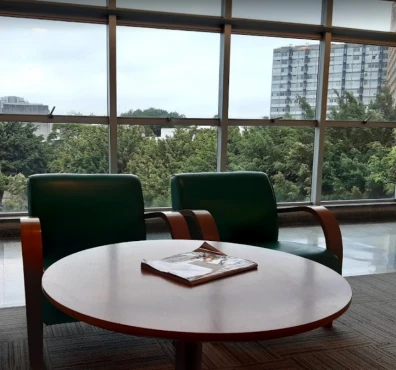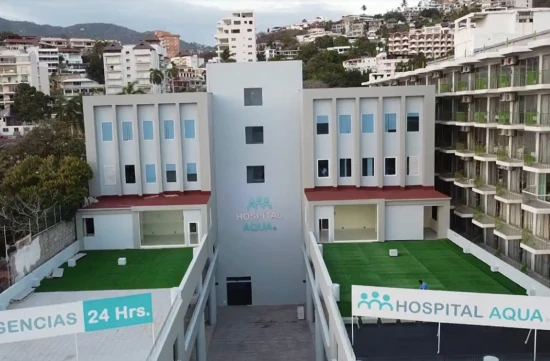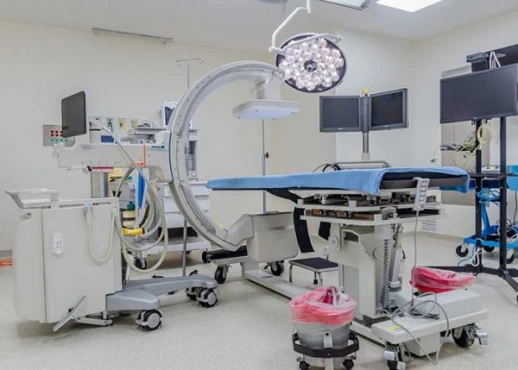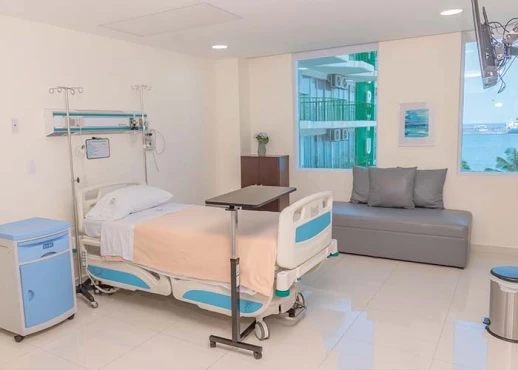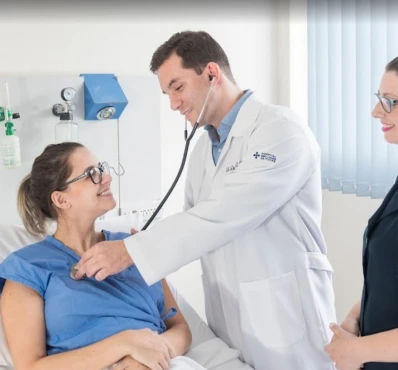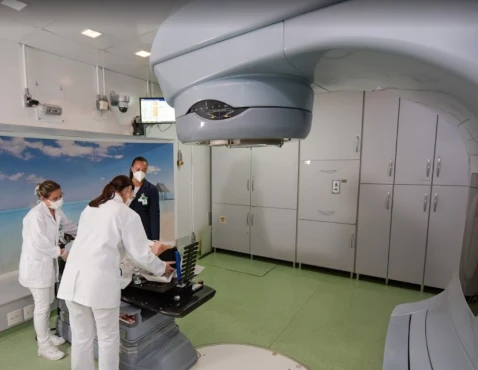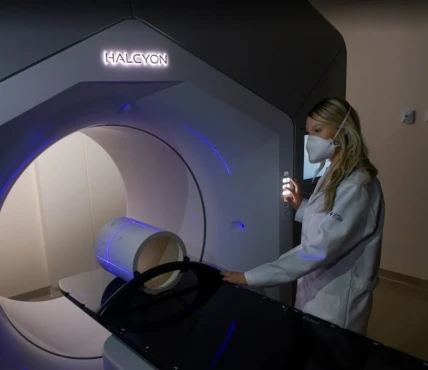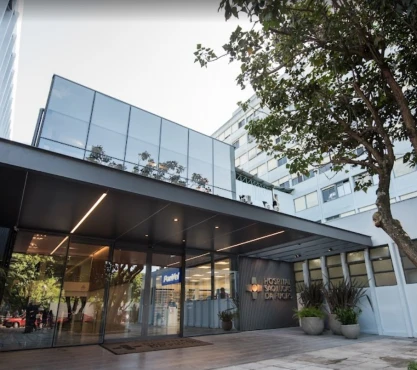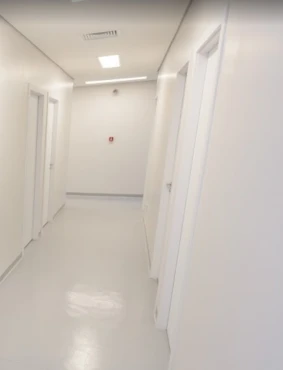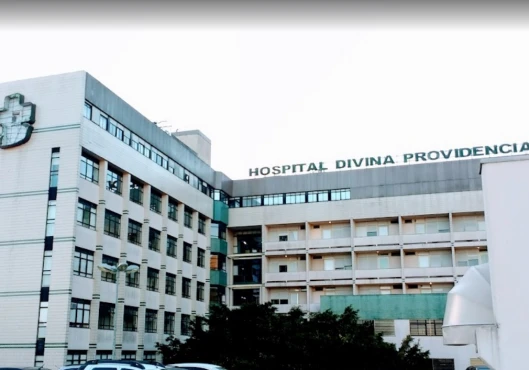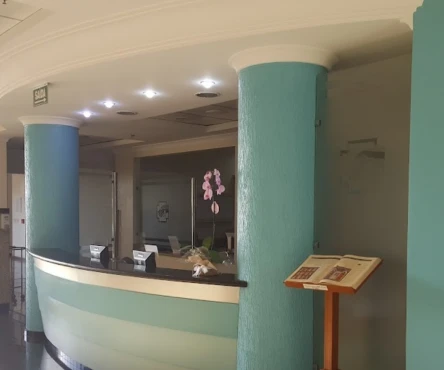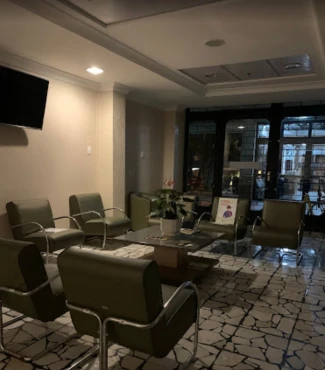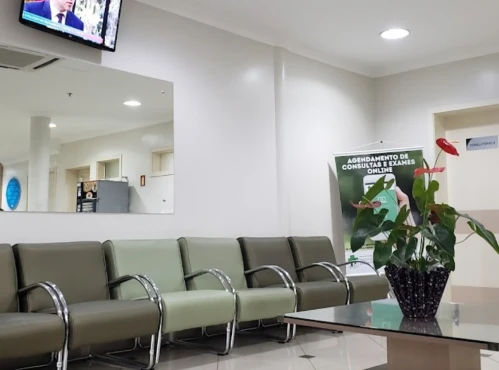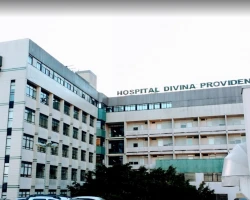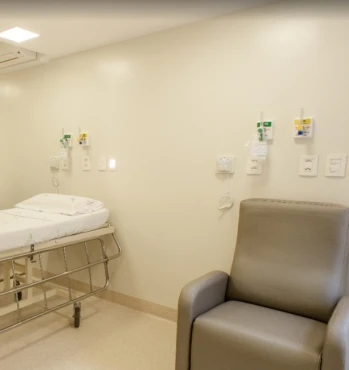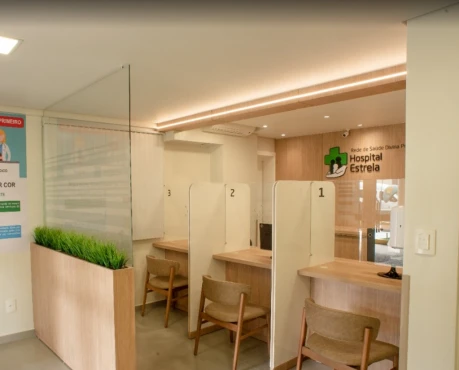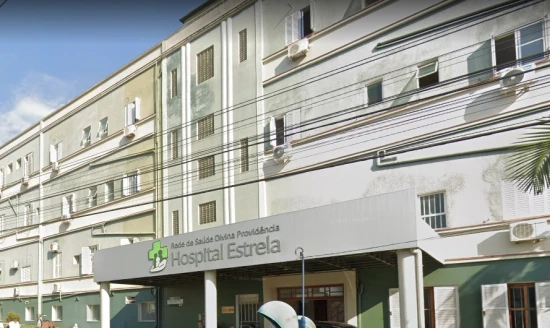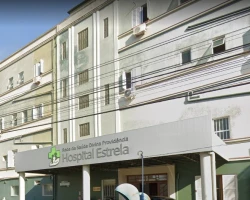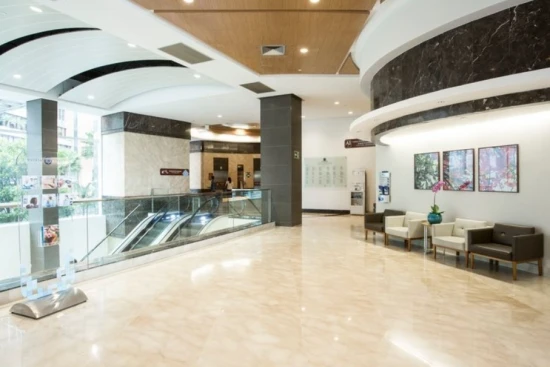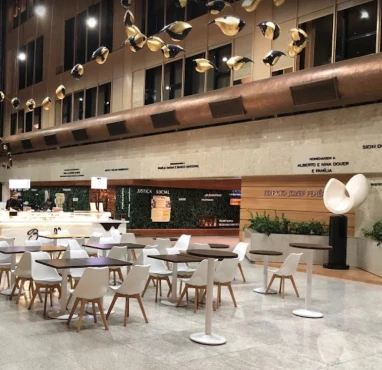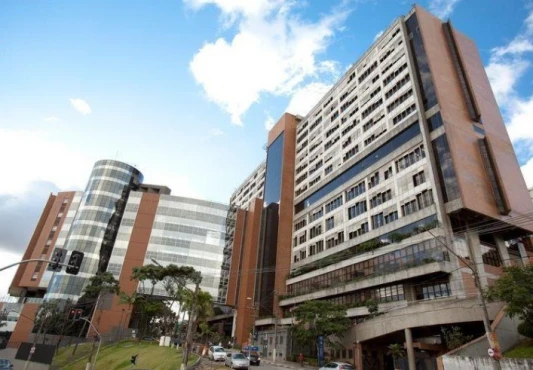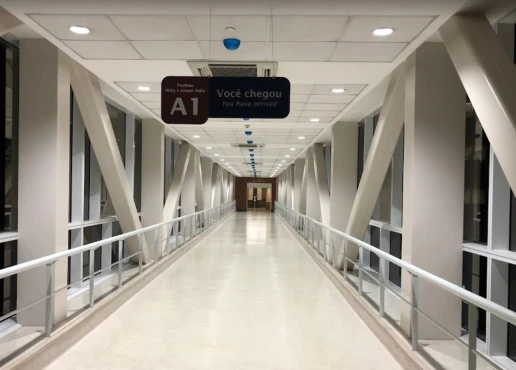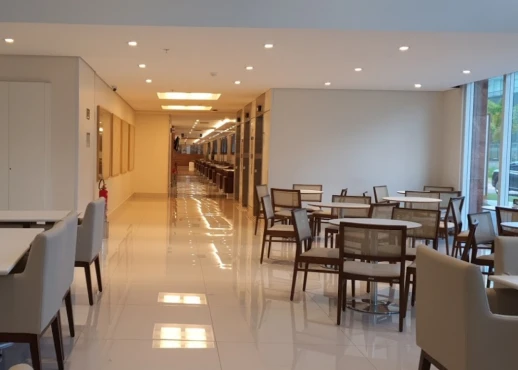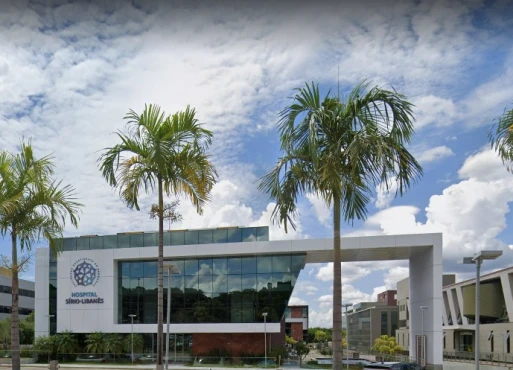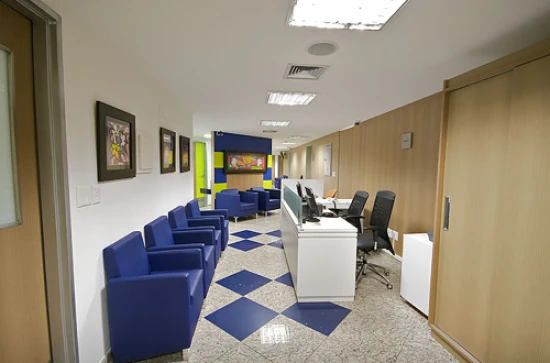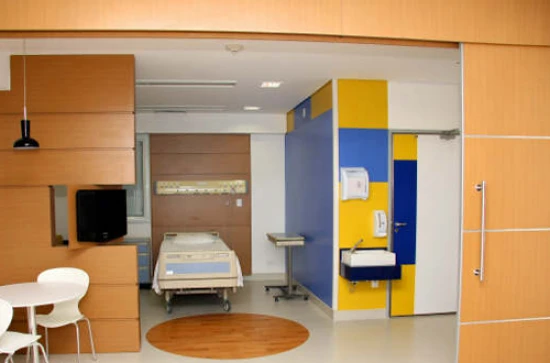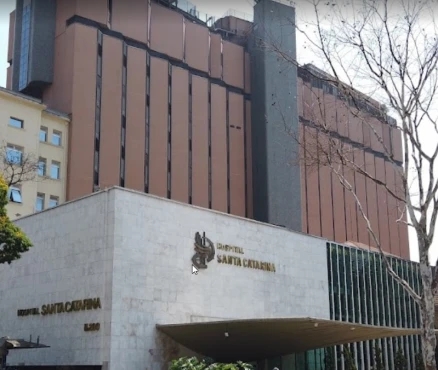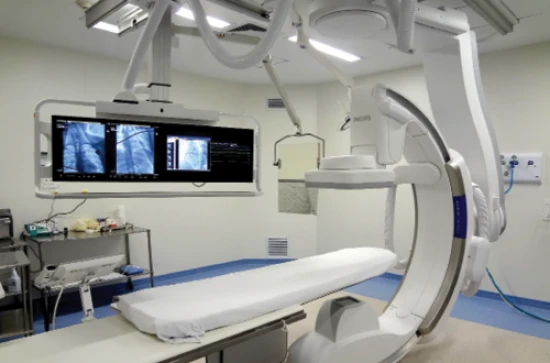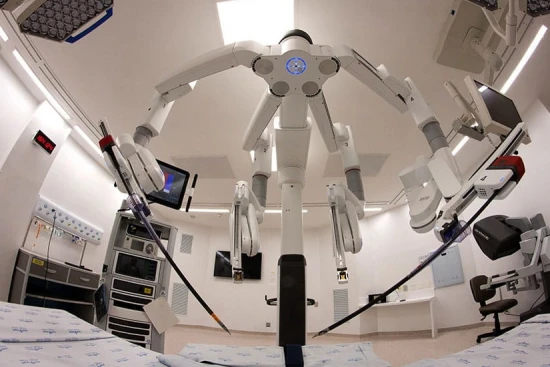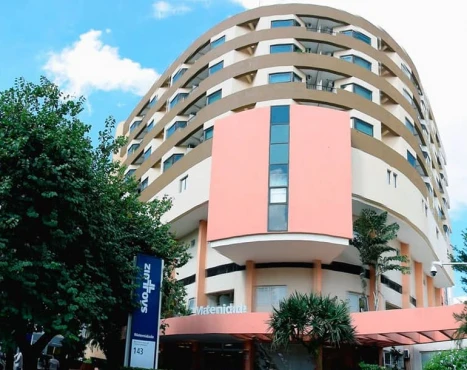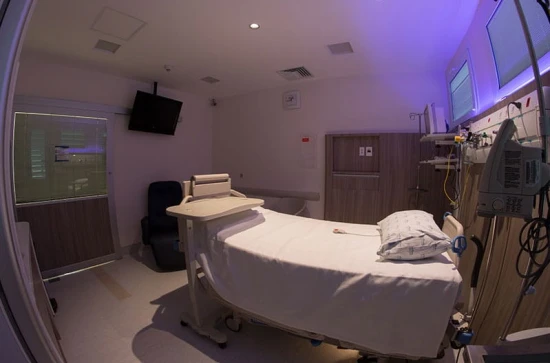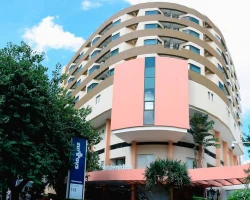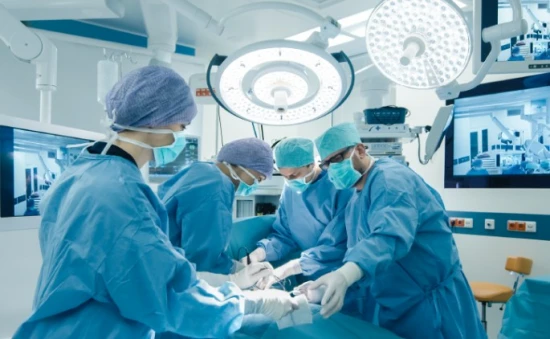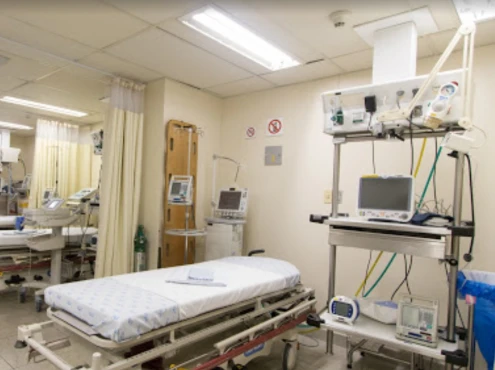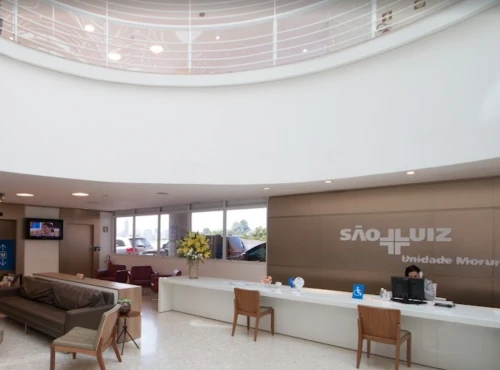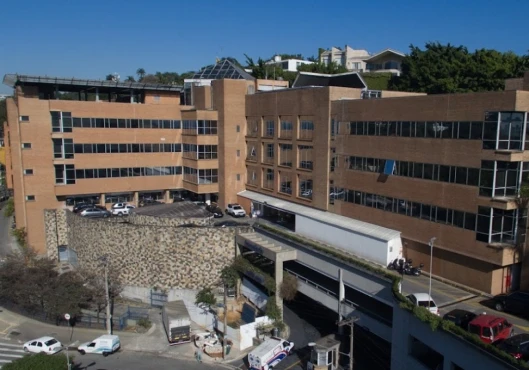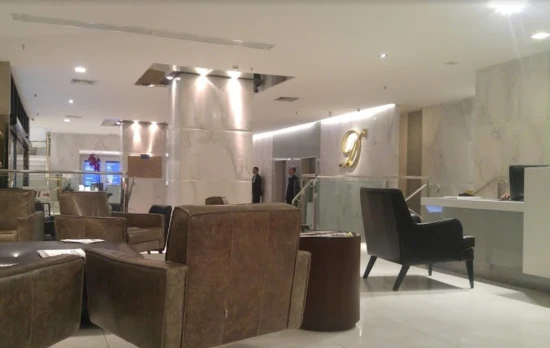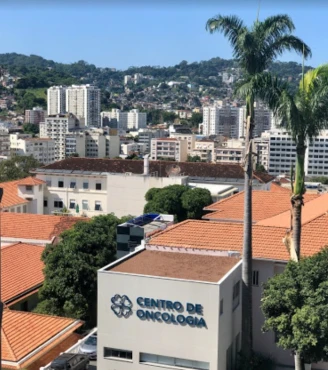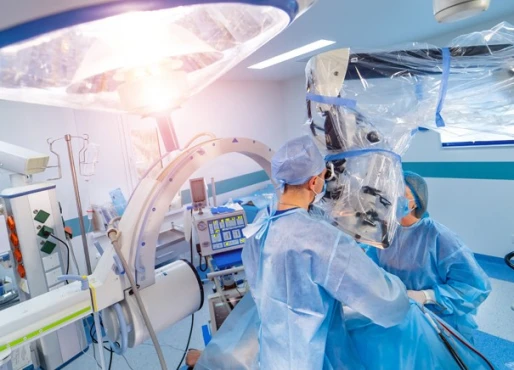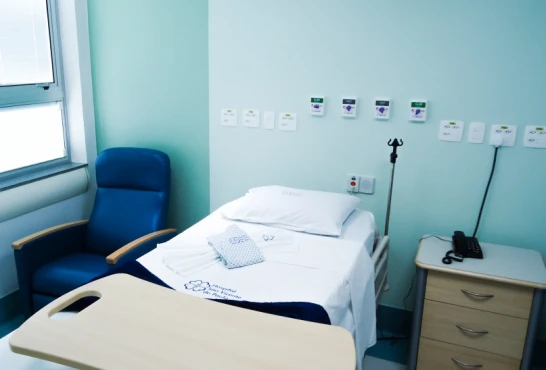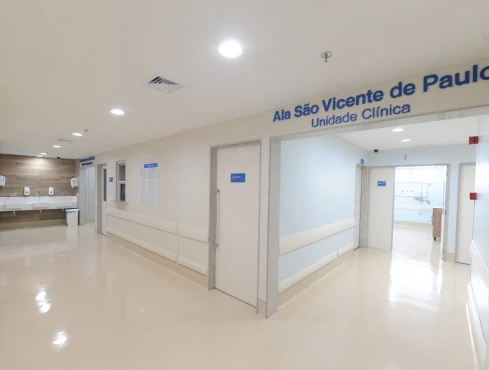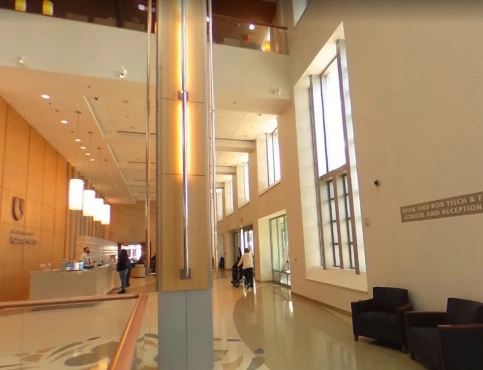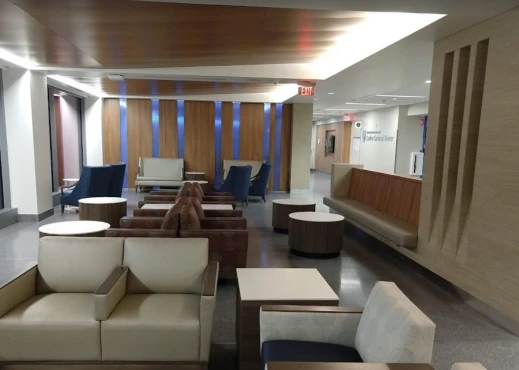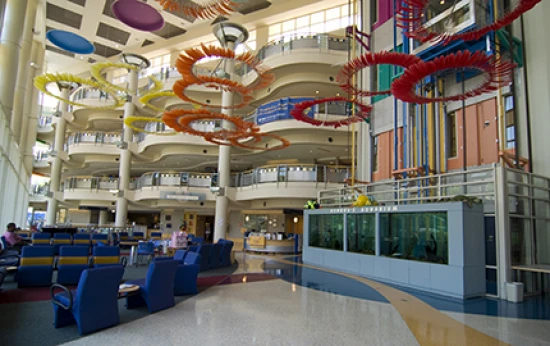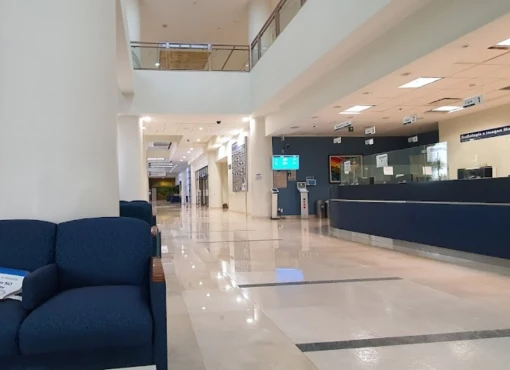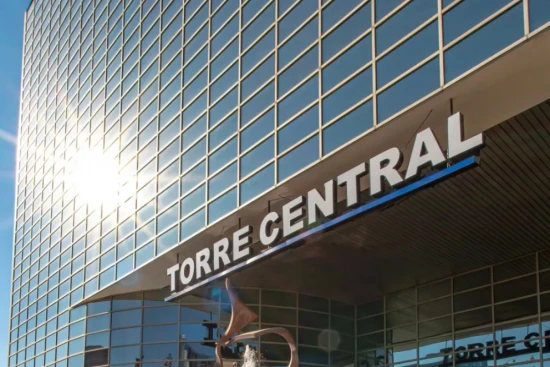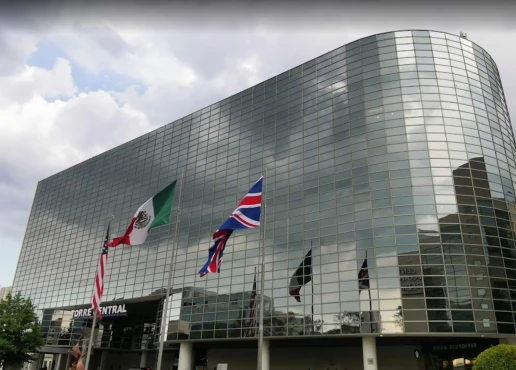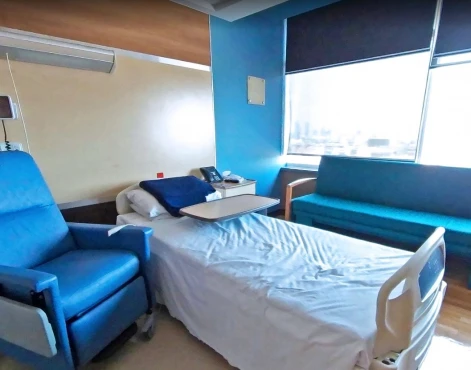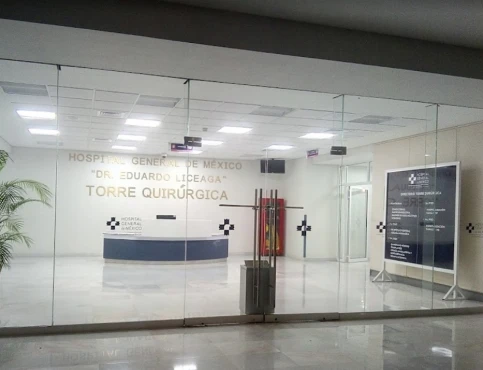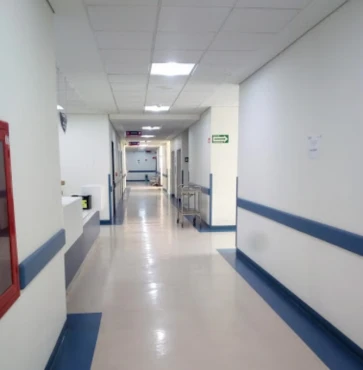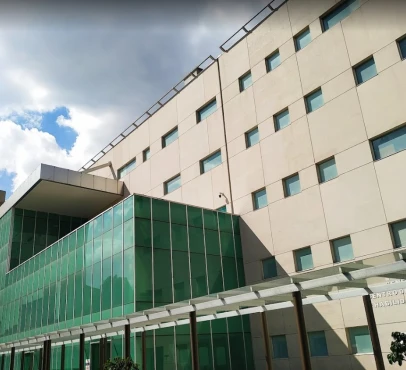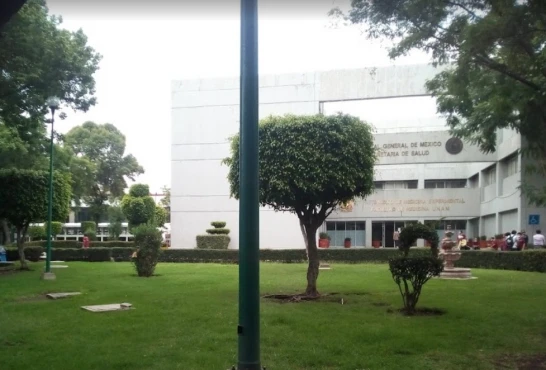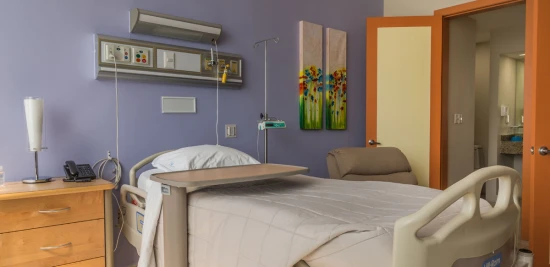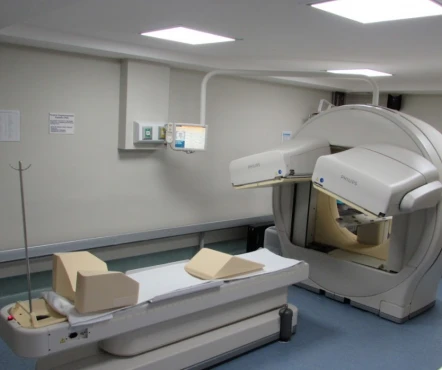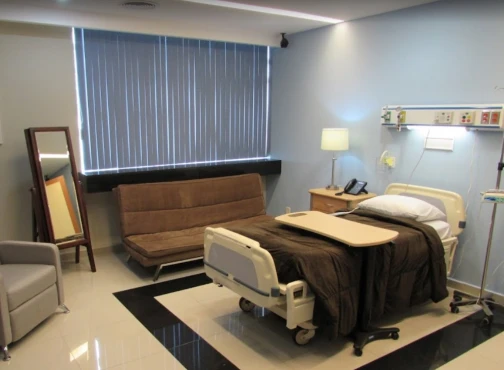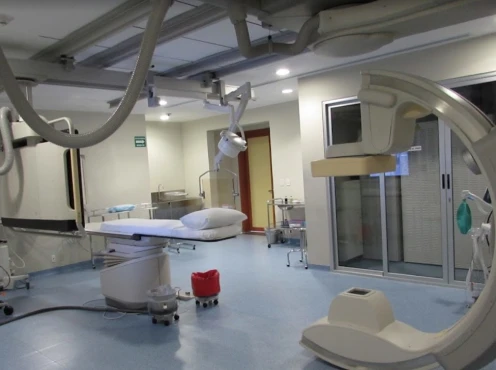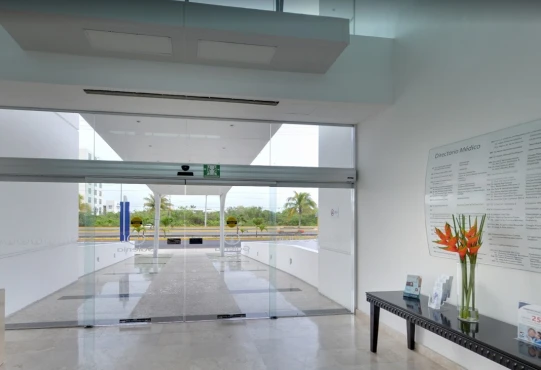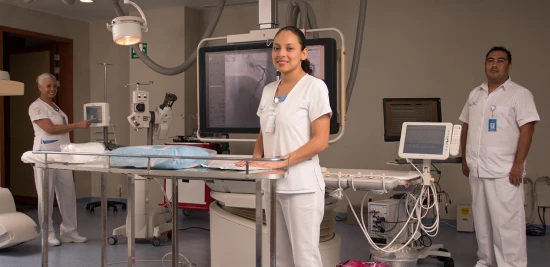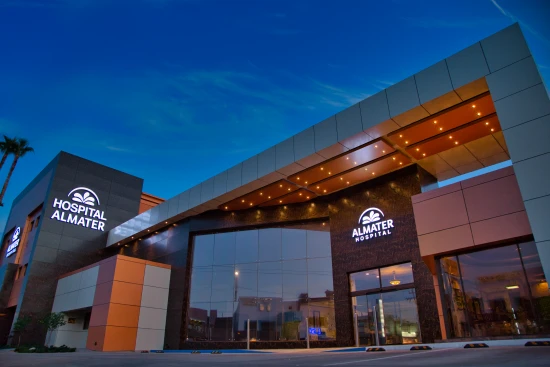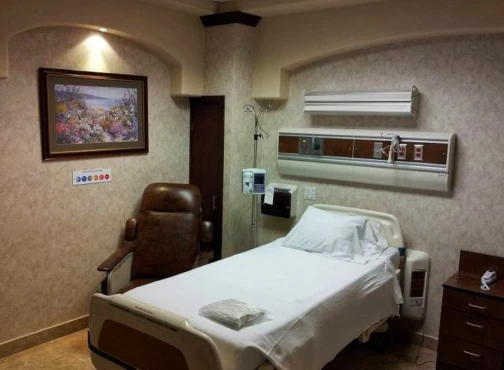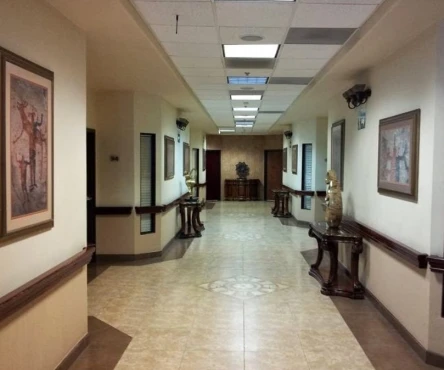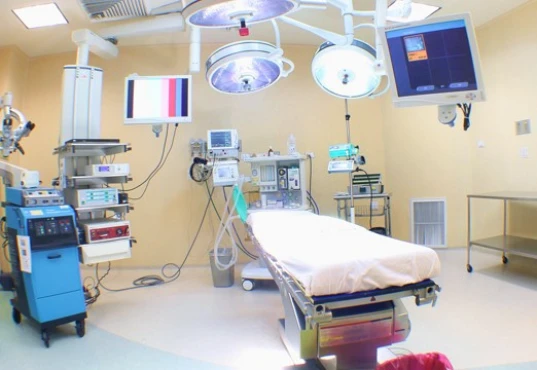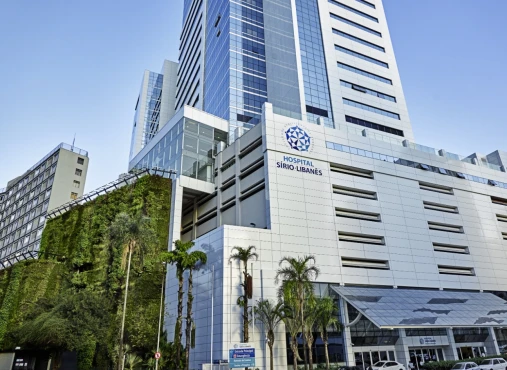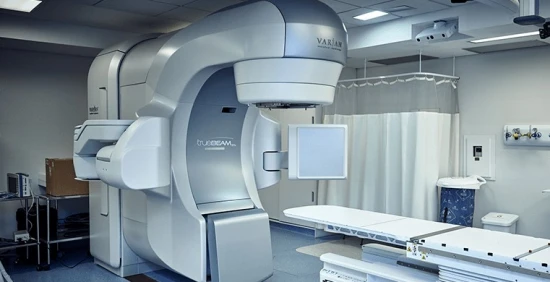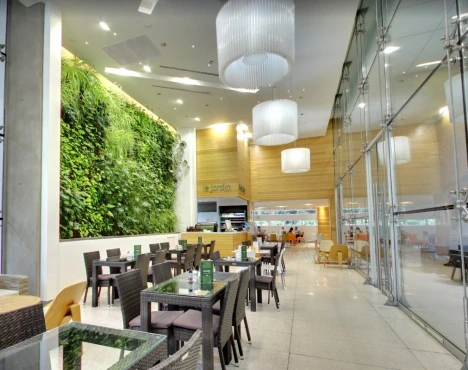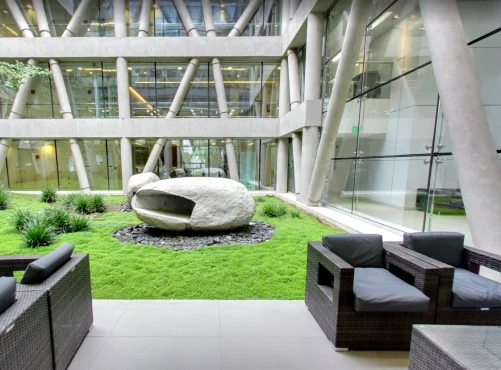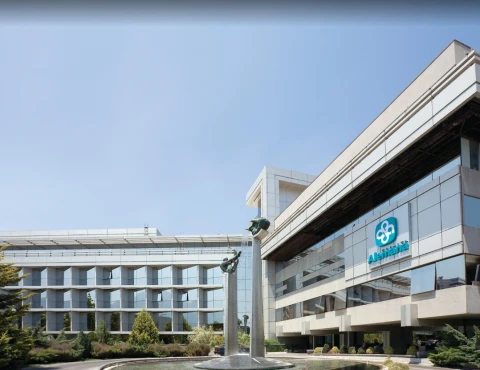Deep brain stimulation (DBS) in 105 Neurosurgery clinics in Americas
105 clinics specializing in Neurosurgery providing Deep brain stimulation (DBS) Deep brain stimulation (DBS) is a surgical procedure where electrodes are implanted in specific regions of the brain and connected to a device that delivers electrical impulses, used to treat neurological conditions such as Parkinson's disease or essential tremor. procedure in Americas.
Sorted by:
Relevance
Rating
Cost of procedures
Relevance
Prices for selected procedures, total:
≈ $22,532
Prices for popular procedures:
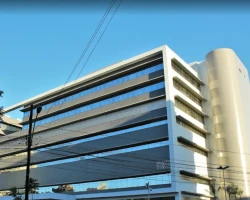
Porto Alegre, Brazil
Specializations: Cardiac surgery, Vascular surgery, Thoracic surgery, Neurosurgery, Spine surgery, Orthopedic surgery, Oncology
The Hospital de Clínicas de Porto Alegre (HCPA) is a public and university institution, part of the network of university hospitals of the Ministry of
read more
Prices for selected procedures, total:
≈ $22,532
Prices for popular procedures:

São Paulo, Brazil
Specializations: Cardiac surgery, Vascular surgery, Thoracic surgery, Neurosurgery, Spine surgery, Orthopedic surgery, Oncology
The excellence of Hospital Edmundo Vasconcelos is due to the traits that are part of its essence: reception, infrastructure and technology, breadth of performance and
read more
Prices for selected procedures, total:
≈ $50,485
Prices for popular procedures:
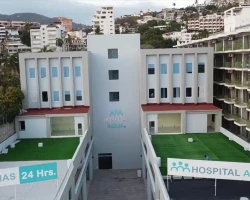
Acapulco de Juárez, Mexico
Specializations: Cardiac surgery, Vascular surgery, Thoracic surgery, Neurosurgery, Spine surgery, Orthopedic surgery, Oncology
The Hospital AQUA arises to meet the demand of medical service around the port of Acapulco and the state of Guerrero. If you are looking
read more
Prices for selected procedures, total:
≈ $22,532
Prices for popular procedures:

Porto Alegre, Brazil
Specializations: Cardiac surgery, Vascular surgery, Thoracic surgery, Neurosurgery, Spine surgery, Orthopedic surgery, Oncology
With the Marist nature of care, reception and humanization, Hospital São Lucas has been working for 45 years to offer complete care from emergency to
read more
Prices for selected procedures, total:
≈ $22,532
Prices for popular procedures:
Prices for selected procedures, total:
≈ $22,532
Prices for popular procedures:
Prices for selected procedures, total:
≈ $22,532
Prices for popular procedures:

São Paulo, Brazil
Specializations: Cardiac surgery, Vascular surgery, Thoracic surgery, Neurosurgery, Spine surgery, Orthopedic surgery, Oncology
The Hospital Israelita Albert Einstein is a reference in quality of medical practice in treatments with cutting-edge technology and humanized care, as well as in
read more
Prices for selected procedures, total:
≈ $22,532
Prices for popular procedures:
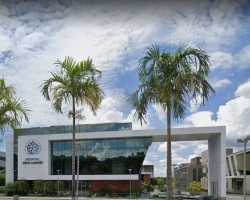
Brasília, Brazil
Specializations: Cardiac surgery, Vascular surgery, Thoracic surgery, Neurosurgery, Spine surgery, Orthopedic surgery, Oncology
With more than 30,000 square meters, the new hospital is located in Asa Sul, close to the existing Oncology and Diagnostic Centers of Sírio-Libanês and
read more
Prices for selected procedures, total:
≈ $22,532
Prices for popular procedures:
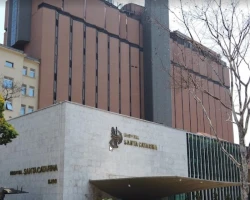
São Paulo, Brazil
Specializations: Cardiac surgery, Vascular surgery, Thoracic surgery, Neurosurgery, Spine surgery, Orthopedic surgery, Oncology
A reference for quality in the provision of health services in Brazil, Hospital Santa Catarina was founded on February 6, 1906 by Sister Beata Heinrich
read more
Prices for selected procedures, total:
≈ $22,532
Prices for popular procedures:
Prices for selected procedures, total:
≈ $22,532
Prices for popular procedures:

São Paulo, Brazil
Specializations: Cardiac surgery, Vascular surgery, Thoracic surgery, Neurosurgery, Spine surgery, Orthopedic surgery, Oncology
Hospital São Luiz unit Morumbi was inaugurated on September 20, 2000, in the neighborhood of Morumbi, in São Paulo, marking the beginning of the expansion
read more
Prices for selected procedures, total:
≈ $22,532
Prices for popular procedures:
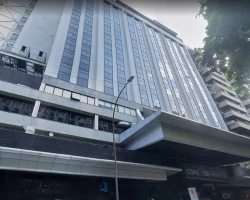
Rio de Janeiro, Brazil
Specializations: Cardiac surgery, Vascular surgery, Thoracic surgery, Neurosurgery, Spine surgery, Orthopedic surgery, Oncology
Hospital Copa D'Or is a reference in highly complex treatments. As a high standard general hospital, it encompasses a modern management structure, state-of-the-art equipment and
read more
Prices for selected procedures, total:
≈ $22,532
Prices for popular procedures:

Rio de Janeiro, Brazil
Specializations: Cardiac surgery, Vascular surgery, Thoracic surgery, Neurosurgery, Spine surgery, Orthopedic surgery, Oncology
In recent years, HSVP has consolidated itself as an institution of international standard and a reference in health, being elected the 5th best hospital in
read more
Prices for selected procedures, total:
≈ $74,420
Prices for popular procedures:
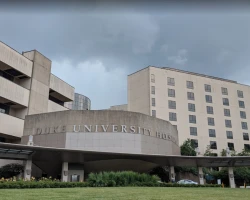
Durham, United States
Specializations: Cardiac surgery, Vascular surgery, Thoracic surgery, Neurosurgery, Spine surgery, Orthopedic surgery, Oncology
Languages: Arabic, Chinese, French, German, Gujarati, Hindi, Japanese, Korean, Lao, Russian, Vietnamese, Khmer, Spanish; Castilian
Duke University Hospital is consistently rated as one of the best hospitals in the United States and is known around the world for its outstanding
read more
Prices for selected procedures, total:
≈ $50,485
Prices for popular procedures:

Mexico City, Mexico
Specializations: Cardiac surgery, Vascular surgery, Thoracic surgery, Neurosurgery, Spine surgery, Orthopedic surgery, Oncology
We are an institution that cares for the health and safety of our patients through the best medical practices. We distinguish ourselves by being supportive
read more
Prices for selected procedures, total:
≈ $50,485
Prices for popular procedures:
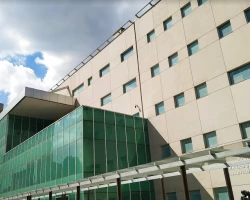
Mexico City, Mexico
Specializations: Cardiac surgery, Vascular surgery, Thoracic surgery, Neurosurgery, Spine surgery, Orthopedic surgery, Oncology
The origin of the General Hospital of Mexico dates back to February 5, 1905, when it was inaugurated, thus beginning an extraordinary stage in the
read more
Prices for selected procedures, total:
≈ $50,485
Prices for popular procedures:
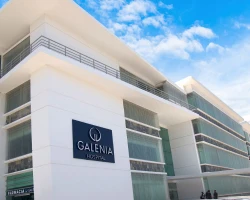
Cancún, Mexico
Specializations: Cardiac surgery, Vascular surgery, Thoracic surgery, Neurosurgery, Spine surgery, Orthopedic surgery, Oncology
We are the first High Specialty hospital in the Southeast of Mexico We have a state-of-the-art infrastructure with advanced medical technology and a team of
read more
Prices for selected procedures, total:
≈ $50,350
Prices for popular procedures:
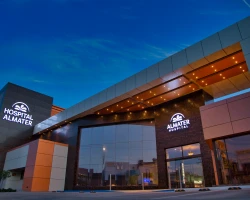
Mexicali, Mexico
Specializations: Cardiac surgery, Vascular surgery, Thoracic surgery, Neurosurgery, Spine surgery, Orthopedic surgery, Oncology
Almater Hospital is one of the leading healthcare facilities in northern Mexico. Located just two hours from San Diego, California, in the vibrant border city
read more
Prices for selected procedures, total:
≈ $22,532
Prices for popular procedures:
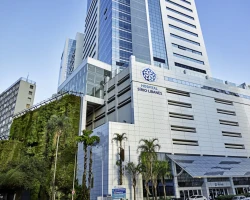
São Paulo, Brazil
Specializations: Cardiac surgery, Vascular surgery, Thoracic surgery, Neurosurgery, Spine surgery, Orthopedic surgery, Oncology
Hospital Sírio-Libanês, in Bela Vista, is a reference center for highly complex procedures and integrated action in various specialties, such as Cardiology and Oncology .
read more
Prices for selected procedures, total:
≈ $31,702
Prices for popular procedures:

Vitacura, Chile
Specializations: Cardiac surgery, Vascular surgery, Thoracic surgery, Neurosurgery, Spine surgery, Orthopedic surgery, Oncology
Languages: English
This health center is part of a joint-stock company called Grupo Alemana SpA, whose sole owner is the Corporación Chileno Alemana de Beneficencia, a non-profit
read more
Procedure price distribution in Americas
Deep brain stimulation (DBS):
$1.7 K
This price found at
Hospital Clínico de la Universidad de Chile
in Chile, Independencia
$31.9 K - 51.4 K
This price found at
ABC Medical Center - Campus Santa Fe
and 60 more clinics in 6 countries
$83.3 K
This price found at
SickKids Hospital
in Canada, Toronto
Minimum Average Maximum
Procedure prices in popular countries:
Deep brain stimulation (DBS):
Turkey
$35.0 K - 35.1 K
in
18 clinics
Israel
$63.8 K - 63.9 K
in
12 clinics
United States
$74.4 K - 113.0 K
in
13 clinics
China
$144.2 K - 144.2 K
in
4 clinics
Germany
$154.2 K - 154.2 K
in
24 clinics
Countries with the highest number of clinics offering the procedures treatment:
Deep brain stimulation (DBS):
worldwide
409 clinics
Brazil
34 clinics
India
32 clinics
Germany
24 clinics
Mexico
24 clinics
Colombia
23 clinics
Clinics grouping by rating
Clinic with the highest rating of 4.7 — GRAACC Hospital in São Paulo, Brazil and 2 more, clinic with the most reviews number of 4938 — Hospital São Camilo Pompeia in São Paulo, Brazil.
With rating 4.0 and over — 43 clinics .
